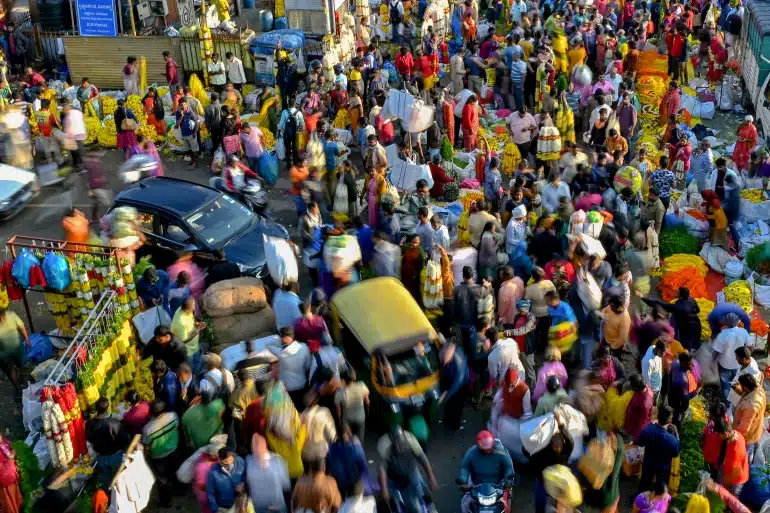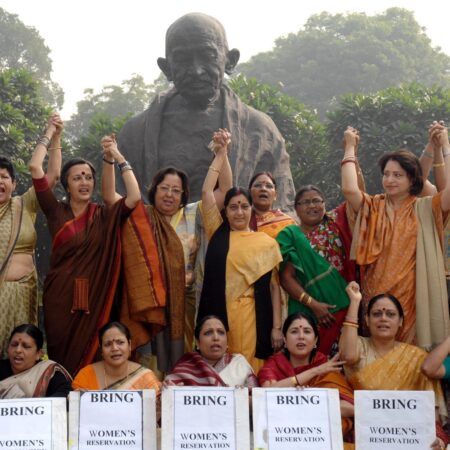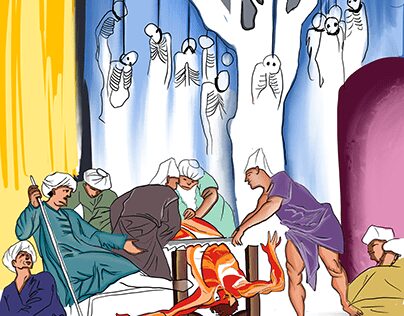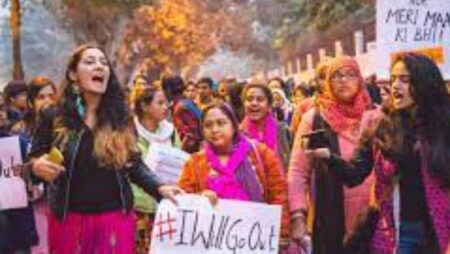Population globally in October 2011, was estimated to be around 7 billion and is expected to increase by 2 billion persons by 2030, currently from 7.7 billion to 9.7 billion in 2050 and can peak at 11 billion around 2100.
The growth in inhabitants is a humanity’s achievements, along with reductions in poverty and gender inequality, health care advancements, and expansion to access to education which resulted in more women surviving childbirth, more children surviving their childhood, and a longer, healthier lifespans, decade after decade ,says the United Nations Population Fund (UNFPA) said.
Unequal distribution
Sixty-one per cent of the global populace lives in Asia, Africa, Europe, Latin America and the Caribbean and North America and Oceania. Among the most populous countries are China(1.44 billion) and India(1.39 billion).
What does this mean for India?
The population rise in India projects that it might overtake China in 2024. A PTI report says that the median age with the demographic dividend is 28.7years for an Indian when compared to China(38.4years) and Japan(28.7years).
How rapid population growth affects sustainable development?
The richest 10% of the global population over 25 years have been independently responsible for half of all the carbon emissions, says Muttreja.
Achieving the Sustainable Development Goals, rapid growth can worsen the challenge that ensures that the future development is inclusive and sustainable. Population growth amplifies the negative impacts of economic processes but it has been observed that the per capita income has been given more importance which drives consumption and production. Developed countries capture the highest per capita income and resources, and are responsible for the emission of greenhouse gases globally.

It is important to bridge the gap between the global haves and have-nots if we want to set ourselves up for an 8-billion-strong world, which is filled with tensions and mistrust, crisis and conflict, says UN Secretary General Guterres. Further reminding that few smattering billionaires control as much wealth as the poorest half of the world. One fifth of the world’s income is backed by 1% of them, while increasing their life expectancy by 30 years longer than those in the poorest nations which widens the inequality gap.













